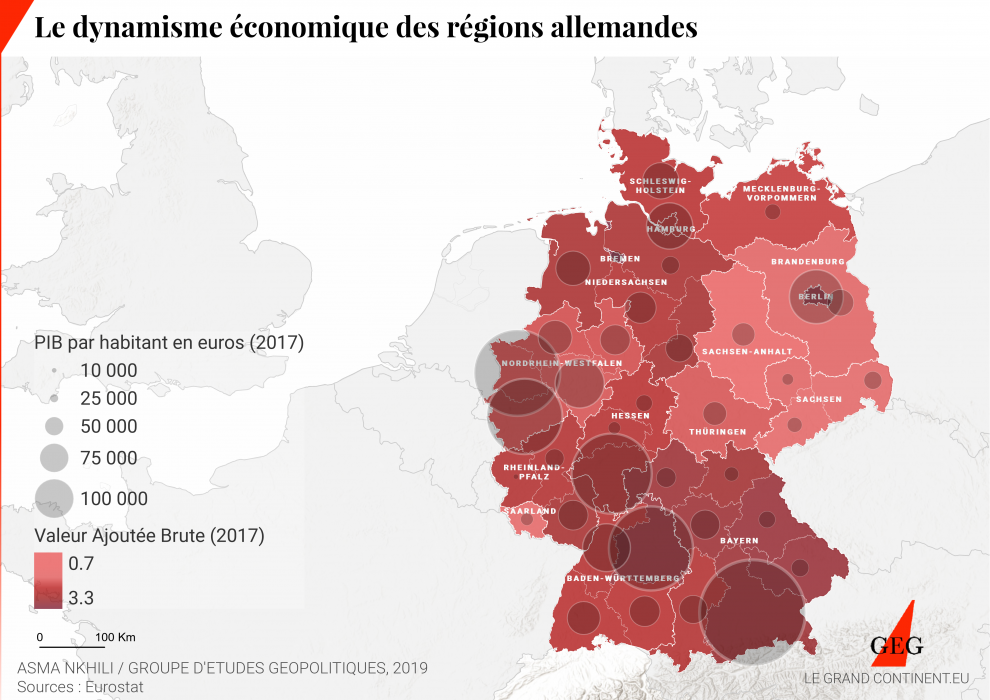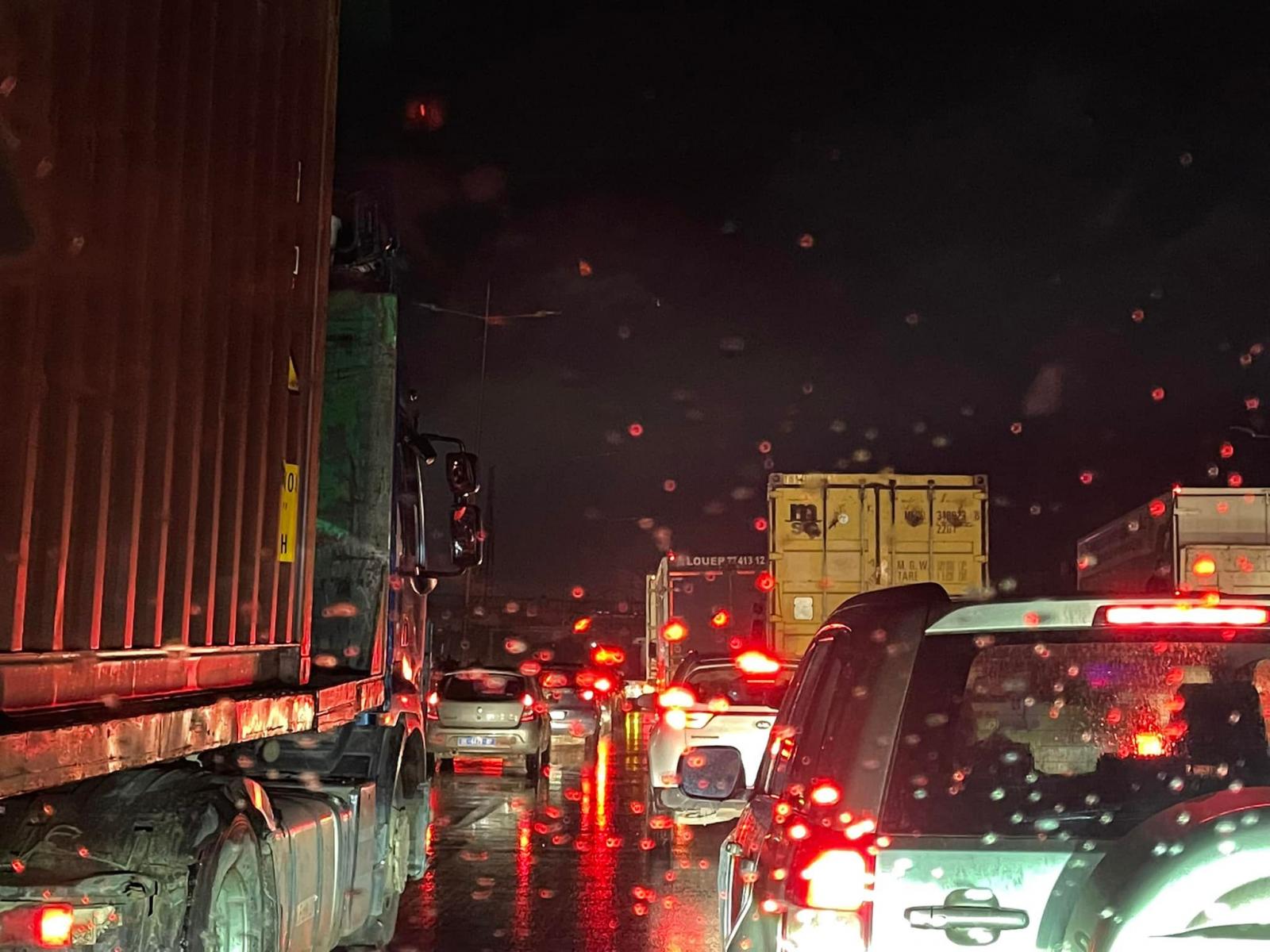The Hells Angels Motorcycle Club: A Sociological Study

Table of Contents
The History and Evolution of the Hells Angels Motorcycle Club
The Hells Angels Motorcycle Club's history is a complex tapestry woven with threads of rebellion, camaraderie, and criminal activity. Tracing its origins to 1948 in San Bernardino, California, the club's early members were primarily World War II veterans seeking a sense of brotherhood and camaraderie. The initial group, while sharing a passion for motorcycles, laid the foundation for what would become a globally recognized and notorious outlaw motorcycle gang (OMG).
- Founding in 1948 (location, initial members): The club's founding members, many of whom were former servicemen, established a culture of rebellion and nonconformity that would define the Hells Angels' identity for decades to come.
- Key periods of growth and expansion: The post-war era saw significant growth, with chapters expanding across the United States and eventually internationally. This expansion was often accompanied by conflicts with rival motorcycle clubs, contributing to the club's reputation for violence.
- Significant conflicts and rivalries (e.g., with other motorcycle clubs): The Hells Angels' history is marked by numerous violent clashes with rival motorcycle gangs, battles for territory, and internal power struggles. These conflicts often involved weapons and resulted in casualties.
- Changes in club structure and leadership over time: The club's organizational structure and leadership have evolved over time, adapting to changing circumstances and law enforcement pressure. However, the core values and culture have remained relatively consistent, even as the club's activities have diversified.
The Social Structure and Organization of the Hells Angels
The HAMC operates with a highly structured hierarchical system. This intricate organization is crucial to the club’s functioning and its ability to maintain control and cohesiveness across multiple chapters. Understanding this structure offers insights into the dynamics of power, loyalty, and social control within the organization.
- Chapter structure and its significance: The club is divided into chapters, each operating semi-autonomously but ultimately answerable to the national or international leadership. This decentralized structure allows for geographically dispersed operations while maintaining overall coordination.
- Roles of different members (e.g., president, sergeant-at-arms): Members hold various positions with clearly defined roles and responsibilities. The President heads the chapter, while the Sergeant-at-Arms enforces internal rules and discipline. Other roles include Treasurer, Secretary and various committee positions.
- Initiation processes and requirements: Becoming a full-fledged member of the Hells Angels involves a rigorous initiation process, often including a probationary period and proving one's loyalty and commitment to the club. This creates a strong bond between members.
- Internal rules and regulations: The HAMC operates under a strict code of conduct, maintaining internal order and discipline. Violating these rules can lead to severe consequences, sometimes including expulsion or worse.
Activities and Sources of Income for the Hells Angels
The Hells Angels' activities are diverse, encompassing both legitimate and illegal endeavors. This complexity makes understanding their finances and operations challenging. It's crucial to analyze these activities within a sociological framework, understanding the motivations and consequences of their actions.
- Motorcycle rallies and events: Publicly, the HAMC organizes and participates in motorcycle rallies and events, presenting a façade of camaraderie and shared interest in motorcycles. These events also serve as opportunities for networking and recruitment.
- Involvement in criminal activities (drug trafficking, extortion, etc.): Many chapters have been implicated in various criminal activities, including drug trafficking, extortion, money laundering, and violence. These activities constitute a significant source of income for the organization. This discussion must be approached with caution, focusing on the sociological impact and implications of these activities rather than glorifying criminal behavior.
- Legitimate business ventures (if any): Some chapters have attempted to establish legitimate businesses as a means of generating income and creating a more public-facing image. The success and longevity of these ventures are variable.
- Fundraising and charitable activities (if any): While often overshadowed by their criminal activities, some chapters have engaged in limited fundraising or charitable activities, possibly as a means of improving their public image.
The Hells Angels and Society: Public Perception and Media Representation
Public perception of the Hells Angels is largely shaped by media portrayals, often focusing on sensationalized accounts of violence and criminal activity. This skewed representation creates stereotypes and misconceptions about the club and its members.
- Stereotypes and misconceptions: The media often portrays the HAMC as solely involved in criminal activities, overlooking the social bonds and internal structure that exist within the group. This creates inaccurate and harmful stereotypes.
- The role of media in shaping public opinion: Media coverage significantly influences how the public perceives the Hells Angels, often reinforcing negative stereotypes and neglecting the complexities of the group's social dynamics.
- Sociological impact of the club's image: The negative public image associated with the HAMC can lead to social stigma and discrimination against its members, affecting their lives and social interactions.
- How the club uses (or counters) media representation: The Hells Angels have attempted to manage and manipulate their public image, sometimes through controlled media appearances or by emphasizing community involvement. However, their efforts are often undermined by their criminal activities.
Sociological Interpretations of the Hells Angels
Understanding the Hells Angels requires applying various sociological theories to analyze their behavior and social dynamics. These theories shed light on the group's formation, cohesion, and interactions with society.
- Subculture theory: The HAMC can be viewed as a subculture with its own distinct values, norms, and beliefs that contrast with mainstream society. This subculture provides a sense of belonging and identity for its members.
- Social identity theory: Members derive a sense of identity and self-esteem from their affiliation with the Hells Angels. This group identity strengthens in-group cohesion and loyalty.
- Social control theory: The club's internal structure and rules act as a form of social control, regulating members' behavior and maintaining order within the organization.
- Strain theory: The Hells Angels' involvement in criminal activities could be viewed through the lens of strain theory, where individuals resort to deviant behavior due to the inability to achieve culturally valued goals through legitimate means.
Conclusion
This sociological study of the Hells Angels Motorcycle Club highlights the complex interplay of history, social structure, activities, and public perception that shape the club’s identity and influence. Understanding the Hells Angels requires a nuanced perspective, moving beyond sensationalism to analyze its function within a broader sociological context. Further research into the Hells Angels Motorcycle Club, focusing on specific chapters and their interactions with the communities they inhabit, would contribute significantly to a more comprehensive understanding of this intriguing social phenomenon. For more in-depth information on similar groups, further research into outlaw motorcycle gangs is recommended. To learn more about the intricacies of the Hells Angels Motorcycle Club, further research is encouraged.

Featured Posts
-
 Open Ais 2024 Event Easier Voice Assistant Creation Tools
May 25, 2025
Open Ais 2024 Event Easier Voice Assistant Creation Tools
May 25, 2025 -
 New Music Joy Crookes Shares Carmen
May 25, 2025
New Music Joy Crookes Shares Carmen
May 25, 2025 -
 Amundi Dow Jones Industrial Average Ucits Etf Factors Affecting Net Asset Value Nav
May 25, 2025
Amundi Dow Jones Industrial Average Ucits Etf Factors Affecting Net Asset Value Nav
May 25, 2025 -
 Escape To The Country Finding Your Perfect Rural Haven
May 25, 2025
Escape To The Country Finding Your Perfect Rural Haven
May 25, 2025 -
 Hells Angels Craig Mc Ilquham Funeral Service And Tribute
May 25, 2025
Hells Angels Craig Mc Ilquham Funeral Service And Tribute
May 25, 2025
Latest Posts
-
 Les Pannes Techniques A La Rtbf Un Bilan Des Incidents Et Des Solutions Envisagees
May 26, 2025
Les Pannes Techniques A La Rtbf Un Bilan Des Incidents Et Des Solutions Envisagees
May 26, 2025 -
 Enquete Sur Les Pannes Techniques Qui Ont Paralyse Les Studios De La Rtbf
May 26, 2025
Enquete Sur Les Pannes Techniques Qui Ont Paralyse Les Studios De La Rtbf
May 26, 2025 -
 Perturbations Techniques Rtbf Les Studios Touches Et Les Mesures Prises
May 26, 2025
Perturbations Techniques Rtbf Les Studios Touches Et Les Mesures Prises
May 26, 2025 -
 Problemes Techniques A La Rtbf Causes Consequences Et Solutions
May 26, 2025
Problemes Techniques A La Rtbf Causes Consequences Et Solutions
May 26, 2025 -
 Iptv Le Piratage Menace Les Chaines Belges Rtbf Et Rtl
May 26, 2025
Iptv Le Piratage Menace Les Chaines Belges Rtbf Et Rtl
May 26, 2025
